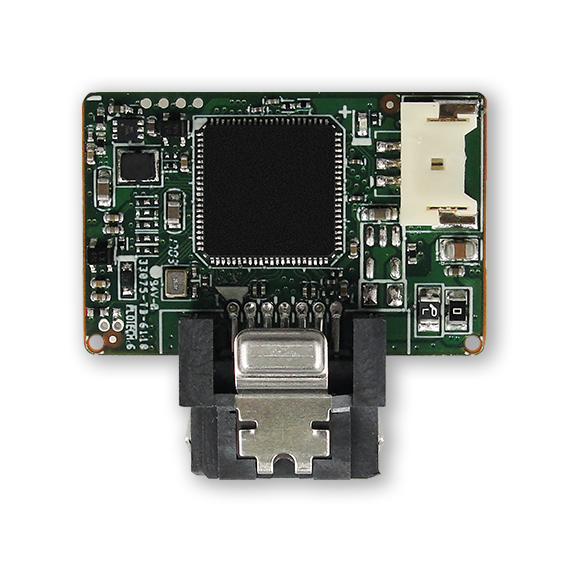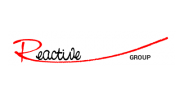HERMES-J Series - Industrial SLC SATA DOM (MSF)
Features:
- SLC - NAND type flash technology
- Standard 7 pins SATA female connector
- Form-factor supports vertical and horizontal types
- Compliant with SATA 1.0a/ 2.6/ 3.0 specification
- S.M.A.R.T. (Self-Monitoring, Analysis and Reporting Technology)
- Power request optional: Built-in power pin-7 (w/fuse)
- Power request optional: 5V power input power cable (w/o fuse)
- Maximum sequential read speed 220.0 MB/sec
- Maximum sequential write 110.0 MB/sec
- Capacity from 4GB up to 32GB
Overview
APRO HERMES-J Series SLC SATA DOM (MSF) is designed with the standard 7-pins female connector with 5 different types of form factor designs, including the vertical type and the horizontal type. With the advantage of small form factor, it is easily assembled to diverse system server in narrow space. Especially, the HO type (the horizontal assembling type with a mounting hole) can be screwed on and fixed tightly to the motherboard to avoid vibration issue.
In addition, the standard 7-pin female connector can be equipped optionally with built-in pin-7 power supply technology, using SATA DOM connector itself as a power supply to drive the device then without external power cables. It is a 100% cable-less, no risk of power failure caused by shock, space saving and plug-and-play storage solution that makes the best use of limited board space in embedded systems. If there is no built-in power supply from the SATA pin-7 of the motherboard, APRO would also provide the related +5V power cable, then there is no need to worry about the power supply issue.
HERMES-J Series SLC SATA DOM (MSF) also supports technologies below which provide better performance and convenience to ensure the safety and endurance for industrial and embedded application.
Native Command Queuing (NCQ): Working along with the firmware and controller of hard disk and operating system, NCQ could improve the reading sequence of the sector, advance the performance and mitigate the rate of wear, especially increasing efficiency on server applications.
ECC: Error Correcting Code (40 bits per 1024 bytes) is used to examine if the data is correct while transferring. When the system shows error, ECC can protect the system to operate functionally by correcting the error automatically or request the system to re-transfer the data and keep the system away from the crash.
Static Wear Leveling: Static wear leveling is used to prevent the updating static data from staying in the static area and make blocks fully and evenly applied, then each block can have the same usability.
Garbage collection & TRIM: SATA DOM uses Garbage Collection & TRIM to reduce the amount of garbage in order to decrease the unnecessary wear of the flash IC.
S.M.A.R.T.: The users could know the health condition of SATA DOM through S.M.A.R.T.. It can not only predict the lifespan of SATA DOM but collect the data to know the usage of SATA DOM, letting users replace with the new product at the proper time. Or, you can also provide the relevant data to APRO engineer to do the technical analysis, and APRO will offer the effective solution.
APRO HERMES-J Series SLC SATA DOM (MSF) uses Maxiotek (formerly JMicron) and Toshiba NAND SLC Flash IC with high endurance of 60K P/E cycles, it supports to the SATA 3.1 (6.0Gb/sec) standard and compliant with 3.0Gb/s and 1.5Gb/s interface as well. HERMES-J Series SLC SATA DOM (MSF) provides sequential Read/Write speed at 220MB/s and 110MB/s, and 4K random read/write speed at 10,200/16,800 IOPS.
Furthermore, to ensure the reliability of quality and ability in different environment temperatures, APRO strictly chooses the high-end components and conforms to the standard of the industrial system. APRO HERMES-J Series SLC SATA DOM is designed to be used not only in the standard temperature 0°C ~ +70°C but also in wide temperature -40°C ~ +85°C. In addition, APRO applies the conformal coating to the PCBA of SATA DOM to enhance the abilities of moisture, dirt, and dust prevention and chemical pollution. The conformal coating can also prevent the corrosion from soldering, becoming an isolation and eliminating the electromagnetic interference.









 Please wait...
Please wait...
